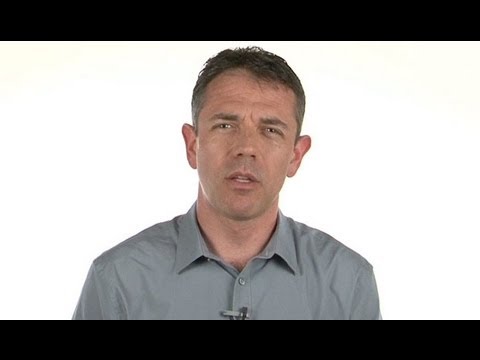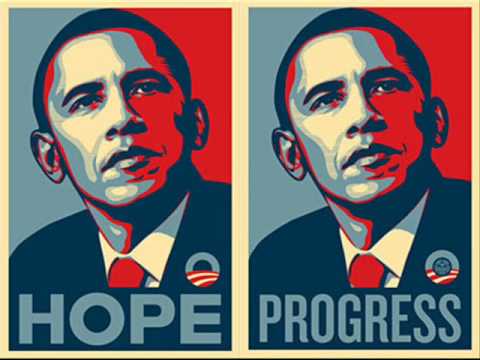Making Sense of New Year’s Resolutions: A Q&A with Dr. Amanda Reba
Summary
Dr. Amanda Reba, an associate professor of psychology, explains the differences between resolutions and habits and suggests ways to make resolutions that stick. She emphasizes the importance of focusing on behavior rather than outcomes, finding satisfying and fun ways to change behavior, and making new habits through rewards. Dr. Reba also discusses the role of technology in behavior change and encourages kindness and self-compassion when it comes to achieving resolutions.
Table of Contents
- The difference between resolutions and habits
- Behavior change: initiation and execution
- The role of rewards in forming new habits
- How long does it take for new habits to stick?
- Trading out behaviors and tracking habits
- The benefits and burdens of technology for behavior change
- Beyond education: making physical activity fit into our lives
- Success and self-compassion in achieving resolutions
Introduction
As the new year approaches, many of us are thinking about our resolutions for the year to come. However, research suggests that most of us will fail to achieve our resolutions within a matter of weeks or months. In this Q&A with Dr. Amanda Reba, we explore how to make sense of New Year’s resolutions and how to make them stick.
The difference between resolutions and habits
Q: Can you explain the difference between resolutions and habits?
A: Resolutions are self-initiated plans to change behavior, whereas habits are how we do things day to day. Resolutions tend to fade out, while habits tend to last the long term. Resolutions are really different from habits, but they don’t have to be.
Behavior change: initiation and execution
Q: Can you explain how we think about behavior change in terms of initiation and execution?
A: When we talk about behavior, we think about it in terms of initiation, deciding to do that behavior, and execution, how we do it. Once we decide to do something, we can start to reflect on it and make decisions about how we act or feel. This is all a habit, a form of associative learning that we can change by thinking about rewards and forming new habits.
The role of rewards in forming new habits
Q: How do rewards help us form new habits?
A: Rewards are crucial to forming new habits because they help us associate specific behaviors with positive outcomes. However, this doesn’t mean that we should reward ourselves every time we do something new. Doing so can shift our focus from habit formation to goal-directed behavior or self-control. Instead, we need to think about the behavior change itself and find ways to make it satisfying, fun, or easy.
How long does it take for new habits to stick?
Q: How long does it take for new habits to stick?
A: It’s hard to say exactly how long it takes to form a new habit because people are so different from each other. The evidence suggests that it can take anywhere from 21 days to three months to form a new habit. The important thing is that the behavior change becomes a natural part of our day-to-day life, and we no longer have to talk ourselves into doing it.
Trading out behaviors and tracking habits
Q: Can you explain the idea of trading out one behavior for another?
A: When trying to form a new habit, it’s important to trade out a behavior for the context that seems to be quite triggering for that habit. However, it doesn’t work to trade out bad behaviors with behaviors that don’t give us the same reward. For example, trading out smoking for chewing gum or celery won’t work because we’re not getting the same reward from those behaviors.
Q: Is it helpful to track our habits?
A: Keeping track of our habits varies from person to person, but for those taking a more high-tech route, technology can be both a benefit and a burden. If we find that technology helps us have an easier, more satisfying, and fun life, it can be brilliant. However, if we’re monitoring ourselves too much or focusing too much on the outcome, it can be stressful or make us feel guilty or ashamed. It’s important to allow naturally occurring habits to form rather than forcing ourselves to do something just because we’re tracking it.
The benefits and burdens of technology for behavior change
Q: How can we make physical activity fit into our lives beyond education?
A: It’s important to move beyond educating people about the benefits of physical activity and make it easier for them to incorporate physical activity into their lives. This means finding ways to make physical activity a natural part of a person’s daily routine and making it fun and satisfying.
Success and self-compassion in achieving resolutions
Q: Does making habits satisfying and fun guarantee success in achieving our resolutions?
A: While making habits satisfying and fun can increase the chances of success, it’s important to remember that we won’t always feel motivated to make the behavior change. When setting a resolution or goal, it’s important to think about how we can make that behavior change the easiest, most satisfying, or most fun option out of all the options we have. It’s also important to remember that missing a few days or giving in to temptation doesn’t mean we’ve failed. It’s okay to be kind to ourselves and get back on track the next day.
Conclusion
Making sense of New Year’s resolutions involves understanding the difference between resolutions and habits and focusing on behavior rather than outcomes. We can form new habits by thinking about rewards and finding ways to make behavior change satisfying, fun, or easy. Tracking our habits can be beneficial, but it’s important to remember to be kind to ourselves and allow naturally occurring habits to form. By making behavior change a natural part of our daily routine, we increase the chances of achieving our resolutions and making lasting changes in our lives.







